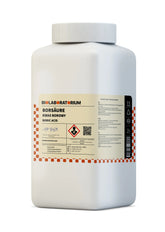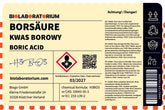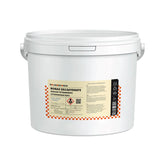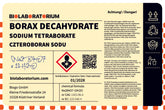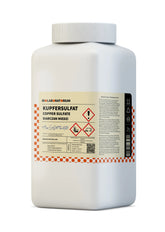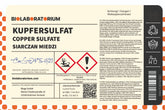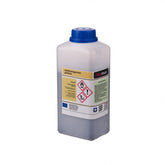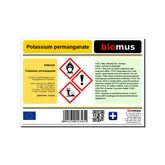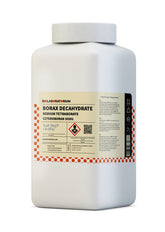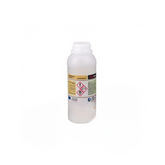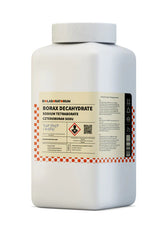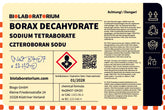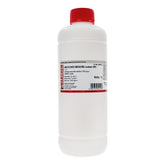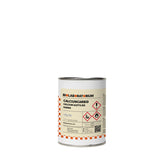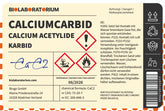Blähtonsack - Versatile helper in household and industry
Expanded clay sack, also known as bentonite, is a fascinating and versatile mineral used in a wide range of applications. In this blog post, we will take a closer look at the remarkable properties, technical applications, and safety aspects of this special material.
What is Expanded Clay Sack?
Expanded clay sack, or bentonite, is a naturally occurring clay mineral formed from volcanic ash. It is characterized by high swelling capacity, adsorption capacity, and plasticity. These unique properties make expanded clay sack a valuable raw material in a wide range of applications.
Chemical Composition and Structure
Expanded clay sack mainly consists of aluminum silicates arranged in a layered structure. These layers can absorb water between them, leading to swelling and volume expansion of the material. In addition, expanded clay sack may also contain traces of minerals such as quartz, feldspar, or calcite.
Formation and Occurrence
Expanded clay sack is formed through the weathering and transformation of volcanic ash or tuff. The largest deposits are found in the United States, Canada, Greece, Turkey, India, and Australia. There are also some deposits in Germany, for example in the Vogelsberg in Hesse.
Technical Applications of Expanded Clay Sack
Due to its unique properties, expanded clay sack is used in a wide range of industrial sectors. Here are some of the main application areas:
Adsorption and Filtration
Expanded clay sack is an excellent adsorbent and is therefore often used in filter systems. It can remove organic pollutants, heavy metals, and other impurities from water, air, or other media.
Construction and Geotechnics
In the construction industry, Blähtonsack is used as an additive to concrete, mortar, or asphalt to improve strength, water impermeability, and durability. It is also used in sealing landfills and storage sites.
Oil and gas industry
In the oil and gas industry, Blähtonsack is used as a component of drilling fluids to enhance the stability of boreholes and prevent fluid leakage.
Agriculture and horticulture
Blähtonsack is used in agriculture as a soil additive to improve water retention capacity and nutrient supply of the soil. It is also used in growing media for horticulture.
Cosmetics and pharmaceuticals
In the cosmetics and pharmaceutical industries, Blähtonsack is used as a binder, thickener, or carrier due to its adsorptive properties. It is found in creams, pastes, tablets, and other products.
Other applications
Additionally, Blähtonsack is used in the ceramics industry, as a filler in paints and coatings, as a dehumidifying agent, and in animal feed production.
Safety aspects when using Blähtonsack
Although Blähtonsack is considered safe in most applications, some safety aspects must be observed during handling:
Dust formation
Blähtonsack can generate dust when handled improperly, which can be inhaled. This may cause respiratory irritation. Therefore, it is important to use appropriate protective measures such as exhaust systems or respiratory masks when handling Blähtonsack.
Swelling behavior
When Blähtonsack comes into contact with water, it swells significantly. This can lead to pressure buildup in closed containers and even explosions. Therefore, Blähtonsack must be stored and transported dry.
Slippery hazard
Due to its smooth surface, Blähtonsack can be slippery, especially when wet. Appropriate precautions are necessary during handling and transport to avoid accidents.
By observing these safety aspects, the use of Blähtonsack in household and industry can be managed easily and safely.
Conclusion
Blähtonsack, or bentonite, is a fascinating mineral with a variety of useful properties. From adsorption and filtration to use in construction and applications in cosmetics and pharmaceuticals - Blähtonsack is a true all-rounder. By observing some safety aspects, this versatile raw material can be used safely and efficiently in numerous applications. Discover the versatility of Blähtonsack!

